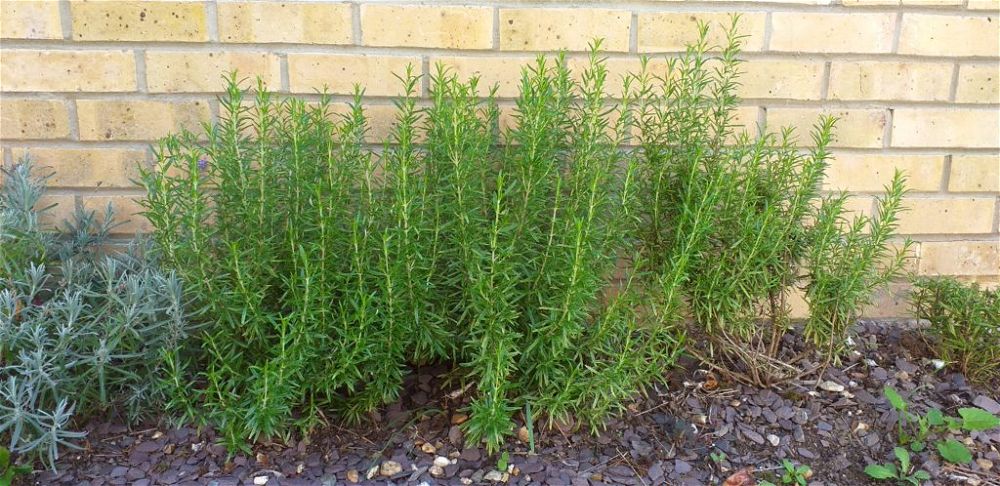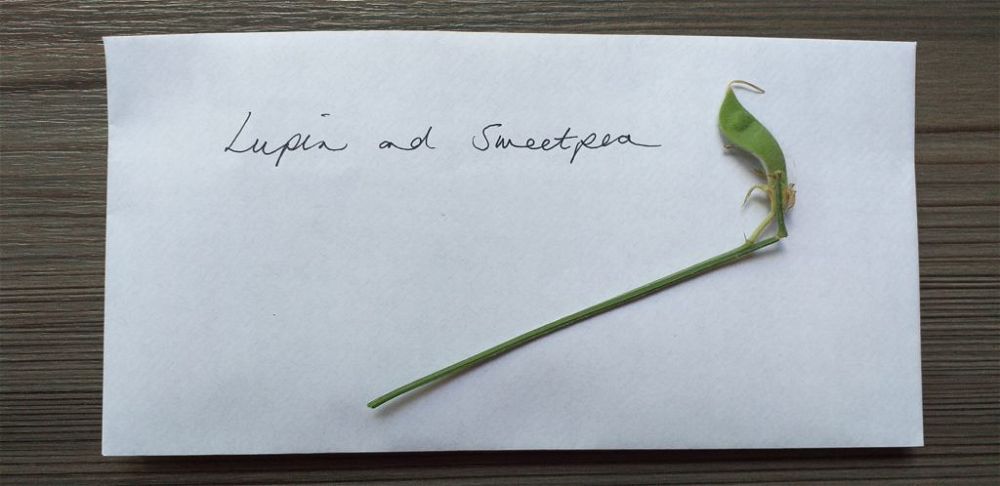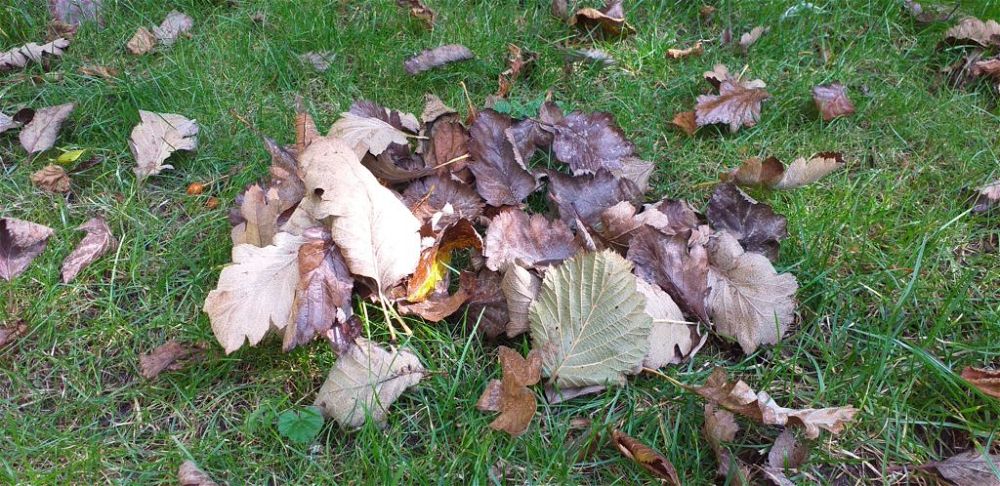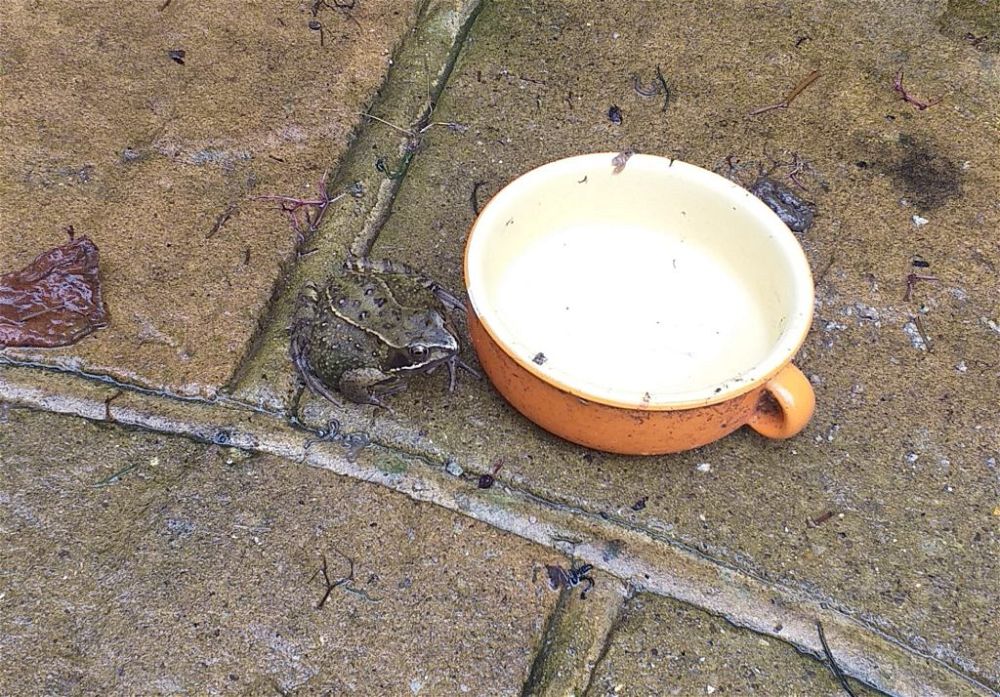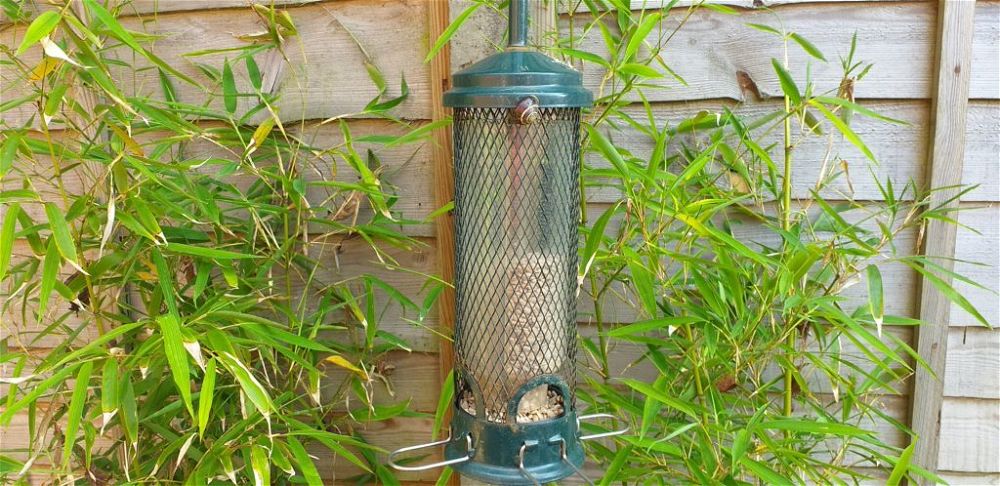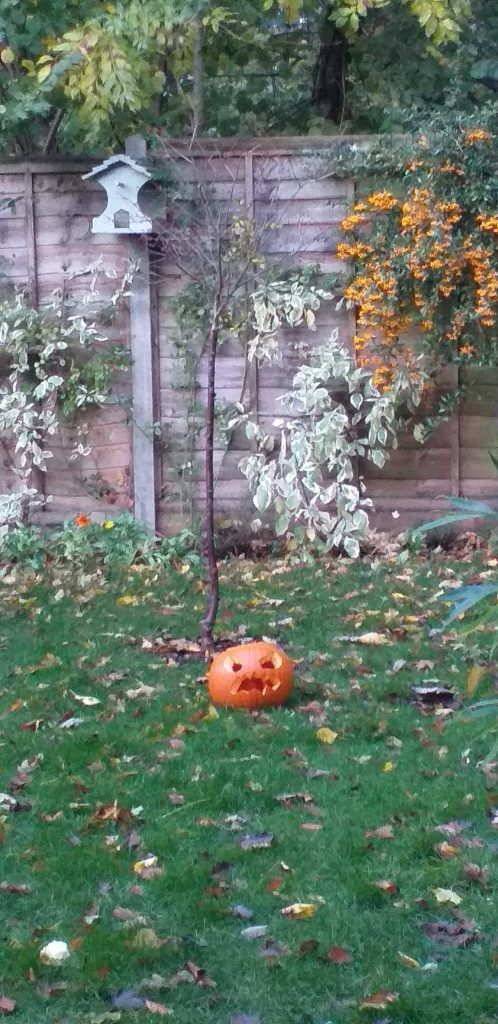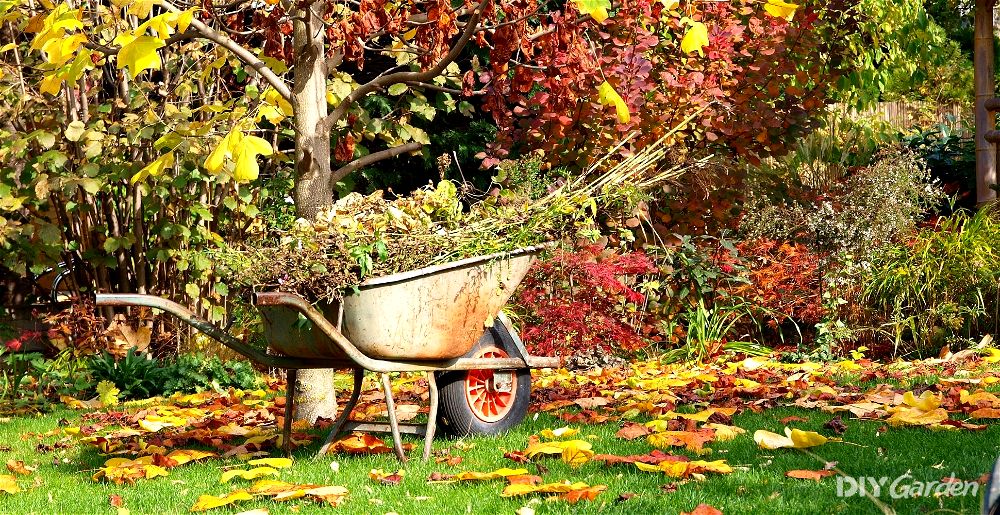
October is a mixed bag of weather with darker evenings, so it’s very easy to just shut the door on your garden now – but wait! There’s still lots you can do.
What to Do With Veggies in October
Runner and French Beans
Mine are still going in late September and unless we get an early frost, I’m expecting to pick plenty more.
If you have beans, don’t give up on them. Keep watering and picking to get the most from your plants. Freeze what you can’t eat now.
It’s a lovely reminder of summer when you pull runner beans from the freezer, but I’d recommend de-stringing them first – a floppy defrosted runner is hard to cut!
Main Crop Potatoes
Main crop potatoes can stay in the ground until you’re ready for them or you can dig them up and store them in a cool dry place. Ensure the spuds aren’t touching in storage in case one is poorly. It’ll infect the lot otherwise.
Carrots and Beetroot
It’s been an odd year for carrots and beetroot. Mine are still in the ground. I don’t think I’ll get much this year, but you can keep pulling and eating them until they taste woody or the frosts kill them off.
Pumpkins
If you have squash or pumpkins get them off the wet soil and onto bricks so they don’t rot. Check for slugs!
Any that are very small or any late flowers should be cut off so the fully grown pumpkins can ripen.
Herbs
It’s a good time to take cuttings from your woody herbs. Rosemary and thyme are very simple to grow from cuttings. Here’s how.
Snip off a piece of new growth like the top 10 cms of the rosemary in this photo. Then remove the bottom half’s leaves and push it into gritty compost. It should root quickly. You’ll know when it starts to put on new growth.
What to Do With Flowers in October
If you have any delicate plants now is the time to lift and bring them indoors.
Tropicals like banana plants and tree ferns benefit from horticultural fleece or bubble wrap in October, and canna or dahlia tubers can be dug up and stored in a shed or under the sink.
Bury Lots of Bulbs
A drift of daffodils, crocus, snowdrops and fritillaries planted now will lift your spirits in late winter and early spring. Tulip bulbs can go in too. They tend to pop up after the early spring bulbs and create some efficient succession planting.
A Winter Container
Plant heathers (they like acid soil so ericaceous compost is best), cyclamen, skimmia, and winter pansies into a container for some late year cheer, but don’t put the container in a saucer as the soil gets too wet.
Pop the container on bricks or on feet to aid drainage. In fact, do this with all your outside containers as you clear away summer’s spent plants.
When clearing away spent flowers or veg keep back a few seeds. Sweet peas, runner beans, zinnia, cosmos – they all store well and save you money next year.
What to Plant in October
Broad beans can go in now. They will grow a little in winter and be ready with fresh pods next spring. The same goes for spring cabbages. I always buy these as plugs, but you can put in seed too.
It’s a great time to order up bare root plants in October. Not only do they take well because the ground is wet but still warm, they are miles cheaper!
I’ve ordered ‘Siberica’ dogwood this year. It’s got blazing red stems in the winter months. Fruit trees, roses, and hedging shrubs are all ready to go too. Save yourself a packet with bare roots.
And speaking of bare – is your soil exposed? Plant some green manure. It’s cheaply bought as seed, keeps cats off in the winter months and preserves the soil structure.
Green manure is chopped down in early spring to fertilise the soil. It’s an environmentally friendly way to compost your growing patch.
How to Tend to Your Lawn And Hedges in October
If you’re planning to change your hedging or create a new one now is the time.
It’s easier to dig out old plants from damp soil and as we’ve already said bare root plants are so much cheaper – up to 75% less!
If it’s dry enough, give your lawn a final mow and rake out the moss. Don’t mow if it’s wet though. If the weather holds and we still have some sun grass seed will quickly sprout, so get those bare patches filled in.
Cover seed with fleece to keep off cats, pigeons and trap the last of the autumn warmth.
Leaf fall can trap moisture and ruin your lawn so it’s worth raking them up. Leaf mould is the best compost you can get so pop those leaves in a bag and cut a few holes in the bottom for drainage.
Then just leave them tucked away. In spring you’ll have what’s known as ‘gardeners gold’ to mulch your plants with.
If you don’t want to compost them, put the leaves on your flower beds and let the worms take them down.
I love leaf compost so much I’ve been known to knock on doors and offer to take away bin liners full of fallen leaves. The home owner was going to take them to the tip No! Use them – they are priceless.
How to Help Out Wildlife in October
October brings a chill and our wildlife is starting to feel it.
The best thing you can do for wildlife is leave out water. Either in a bird bath or a saucer on the ground – preferably both. Thirsty birds and hedgehogs will be grateful.
October is one of the busiest months for wildlife rescues due to the number of hedgehogs coming in.
Hedgehogs need to weigh 600 grams before they can hibernate safely. Any hoglet still around might not make it through the winter now. Put out meaty cat food to help them fatten up. Here’s Andrew – one of my regular visitors!
There’s a mistaken belief that putting out food for hedgehogs in winter stops them hibernating. This is absolutely not the case.
Winter is when they really need us to feed them. Its not unusual for hogs to wake on winter’s warmer days, or not hibernate at all. You can make a big difference with some cheap Go Cat. Don’t put out milk as hedgehogs are lactose intolerant and even though they like it, it makes them very unwell.
Any hedgehog out in the day is in trouble unless it has a mouthful of bedding or is heading somewhere at speed. Any collapsed, wobbly, or small hogs should be scooped up and popped in a large cardboard box with a hot water bottle if it’s a cold day. Call a rescue for advice.
Ponds are now in need of cleaning up. Remove the leaves and divide large pond plants, but keep an eye out for frogs and toads that might be getting ready to hibernate nearby. Here’s one that was stealing the hedgehog food in my garden a few days ago!
How to Deal With Garden Pests in October
At this time of year, the pests of spring and summer start to die but slugs and snails still remain active and will over-winter ready to snaffle your new spring growth. This one managed to get onto my bird feeder!
Fungus and rot are problems now. The damp air creates perfect conditions for mould so cut back foliage and allow plants to dry out.
Tending to Patios, Decks, and Garden Furniture in October
If it’s dry enough you could give your wooden furniture a once over with oil to keep out the worst of our rain. A cover will help with drenching rain and keeps bird mess off until spring.
Pathways get slippery in October and through the winter. It’s worth brushing sharp sand into the cracks and in the gaps to help preserve the mortar and keep moss or mould out so you don’t slip over.
If you have any tough weeds in cracks a weed burner might help you get rid of them for good.
You can buy electric or gas-powered burners which work by heating a weed’s internal cells to high temperatures so they burst and die.
If you can burst cells in the root, that’s the weed dealt with. Autumn is a good time to use weed burners as weeds are starting to fail and are weaker than mid-summer.
The Most Important Job in October?!
Happy Halloween!
Of course, October is the Halloween month and time to carve a pumpkin. This is really good fun for adults and children.
If you haven’t managed to grow one this year (me too) supermarkets have plenty in stock. Try keeping a few of the seeds back to plant in spring.
And finally, do you have a Wintersweet?
These winter flowering shrubs are similar to witch hazel. They bloom on bare stems in the cold months and smell heavenly. One by your front door will remind you of the summer garden on the dark, cold mornings. I’d recommend Wintersweet to anyone.
